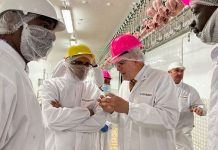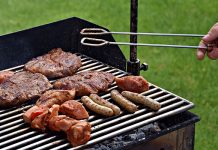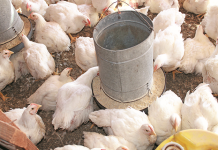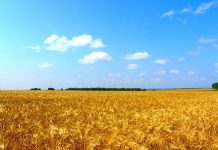Quick response (QR) codes are still in their infancy, but I predict they’re going to become a major marketing tool for farmers (and those in other businesses, of course). Farmers who have products on supermarket shelves are already using QR codes on their labelling, allowing the consumer direct access to their websites. A customer – or potential customer – can then visit the farm’s website and see how the product has been produced.
Any queries they might have can also be answered. It’s almost like meeting the farmer personally. Owned by Bob and Elaine Hardy, Sorell Fruit Farm in Tasmania was established in 1989 on a bare paddock. Today it produces a variety of berries and fruits grown on trees. Tourists and customers visit the farm and can pick their own fruit.

Scan this QR code to visit Sorell Farm in Tasmania.
At any time
A QR code is placed on each row of fruit, allowing customers to access information about that fruit. This includes how the fruit was produced, how and when to pick the fruit and, in certain cases, how to ripen the fruit once picked. Since Sorrell Farm has many visitors from China, the QR code is available in Chinese and English. For visitors who don’t have smartphones, brochures are available. A great advantage of this technology is that it’s environmental friendly as it saves on paper, and customers can access information at any time, whereas brochures are often misplaced and discarded.
Extremely helpful
I’m sure manufacturers supplying agricultural goods will soon see the advantages of QR codes and it won’t be long before they appear on most products. QR codes on herbicides and animal dips can be extremely helpful and could even put the farmer directly in contact with the sales representative. Mechanical parts could have links to instructional videos and important information.
Visiting www.sorellfruitfarm.com will give you an idea of the type of information that’s available on a QR code if you were visiting the farm to pick fruit. One of the best QR sites I’ve found is www.qrstuff.com.











